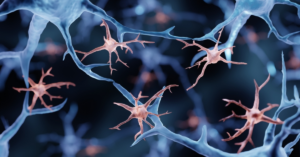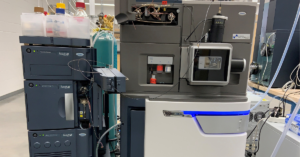
Snapshot: What is Spasticity?
Spasticity is a condition where muscles involuntarily stiffen, impeding normal smooth movements. Spasticity can present in varying severities with varying impacts on daily life. For example, minor spasticity resulting in overly stiff muscles can make precise, dextrous tasks difficult, whereas painful, uncontrollable muscle spasms can cause confinement to bed rest. Read More…

















